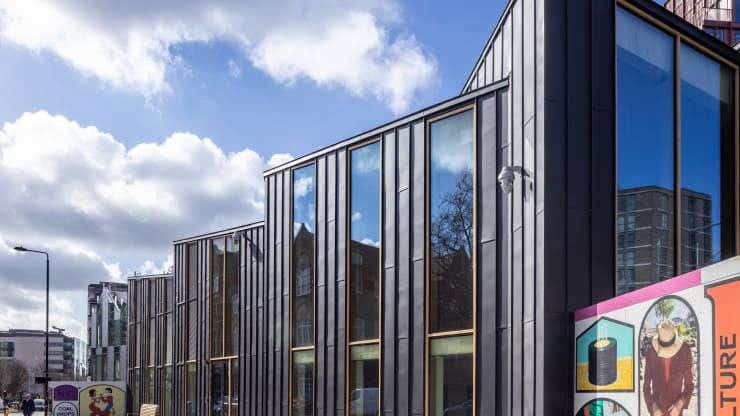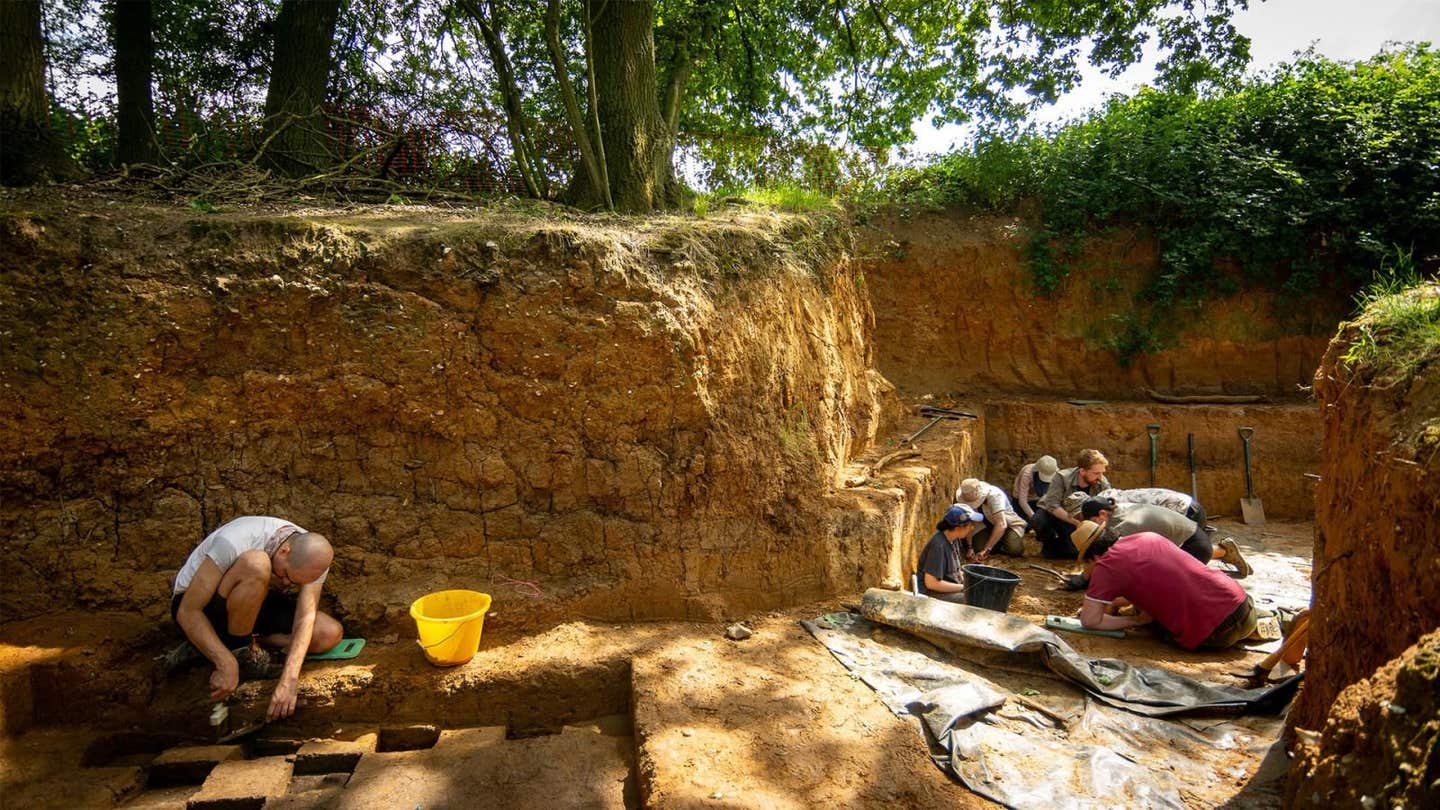All-timber and ‘near-zero carbon’ building spotlights sustainable design within urban environments
King’s Cross Sports Hall, a building made using timber and positioned only three meters above the tunnels of the Thameslink rail line

[Aug. 19, 2020: Joseph Shavit]
Connecting London to destinations including the north of England, Scotland and continental Europe, the King’s Cross neighborhood has undergone a radical transformation over the last few years becoming a popular destination for shoppers, diners and tourists alike.
With hi-tech firms such as Google set to open offices there in the not too distant future, the area is fast becoming a home to a number of interesting construction projects that marry cutting-edge design with sustainability.
These include the new King’s Cross Sports Hall, a building made using timber and positioned only three meters above the tunnels of the Thameslink rail line. Last week, it was announced that construction on the project had finished, with works carried out by BAM.
Designed by Bennetts Associates together with Arup, the building incorporates a number of interesting features.
It uses a cross laminated timber frame and glue laminated, or glulam, timber columns, which were described in an announcement of the project’s completion as “a natural alternative to steel and concrete that is both lightweight and carbon friendly.”
The need for light materials as well as “shallow foundations” was especially important given the building’s close proximity to Victorian-era brick tunnels.
Given this, the zinc-clad development also utilizes “a super-lightweight concrete substructure that runs perpendicular to the tunnels to prevent concentrated loads.”
The upper level of the building will be used as a gym, while the lower sports hall area will initially house a construction skills center before being opened to the public.
“Working in collaboration with the wider team, we were excited by the challenge of ‘as light as possible’ and responded to this by innovating and pushing the limits of concrete and timber design, embracing the critical interactions between what lays above and below ground,” Francesco Ferrari, a senior engineer at Arup, said in a statement issued last week.
While it has been used for thousands of years, timber is starting to become a feature of innovative buildings around the world.
These include the 85.4-meter tall Mjøstårnet building in Norway, which used a combination of glulam and cross-laminated timber.
In June, Australian tech firm Atlassian unveiled plans to construct what it described as “the world’s tallest hybrid timber building.”
Standing around 40 storeys tall, the design of the building has been developed by SHoP, an architecture firm in New York, and Australia’s BVN.
It will use timber and a façade of glass and steel that will also utilize solar panels and have “self-shade capabilities.” Plans are also in place for a staggered outdoor garden to be integrated into the structure.
Back in King’s Cross, the sports hall, which is part of a wider 67-acre development in the area, will be connected to the King’s Cross Central district heating and cooling network.
This produces electricity using two gas-powered engines, with the heat from the process harnessed and then redeployed to warm the buildings and supply hot water.
“As our first completed all-timber and ‘near-zero carbon’ building, this project is hugely significant for us, with expertise already being applied to other commissions,” Julian Lipscombe, a director at Bennetts Associates, said last week.
Like these kind of stories? Get The Brighter Side of News' newsletter.
Other sustainable buildings around the world
Boon Edam compiled a list of the 7 best green buildings from around the world. These include:
One Angel Square, Manchester, UK
One Bryant Park, New York City, US
Shanghai Tower, Shanghai, China
Micro Emission Sun-Moon Mansion, Dezhou, China
Manitoba Hydro Place, Winnipeg, Canada
Apple Campus 2, Silicon Valley, USA
Bullitt Centre, Seattle, USA



